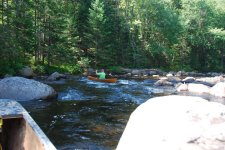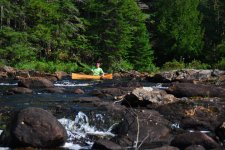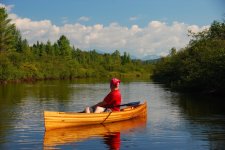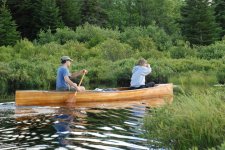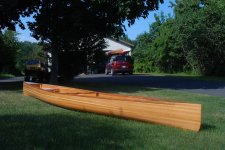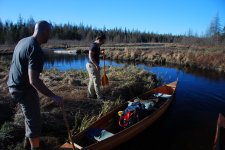G
Guest
Guest
I was doing some research in the forum threads on building wood canoes. The idea of building my own canoe is very interesting.
I noticed this quote on one of the threads:
So is it really that much quicker to build a stripper than a w/c? No offense intended Mihun09. Just wanted to get some other opinions.
How long does it take an experienced builder to build a stripper?
How long would you estimate a noobie with minor wood working skills would take to build a small, stable solo stripper canoe?
What plans would you recommend for a noobie that wanted to build a small, stable solo stripper that could be used for fishing or tripping?
Finally, what is the best book to pick-up to learn about building strippers?
Thanks for your patience with all my questions. I'm just finding this incredibly interesting.
I noticed this quote on one of the threads:
Mem, you could build 4 or 5 strippers in the time it takes to rebuild one w/c canoe. I cannot see your wife letting you spend that much time in the garage.
So is it really that much quicker to build a stripper than a w/c? No offense intended Mihun09. Just wanted to get some other opinions.
How long does it take an experienced builder to build a stripper?
How long would you estimate a noobie with minor wood working skills would take to build a small, stable solo stripper canoe?
What plans would you recommend for a noobie that wanted to build a small, stable solo stripper that could be used for fishing or tripping?
Finally, what is the best book to pick-up to learn about building strippers?
Thanks for your patience with all my questions. I'm just finding this incredibly interesting.

